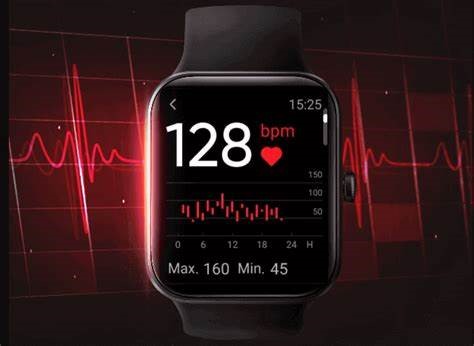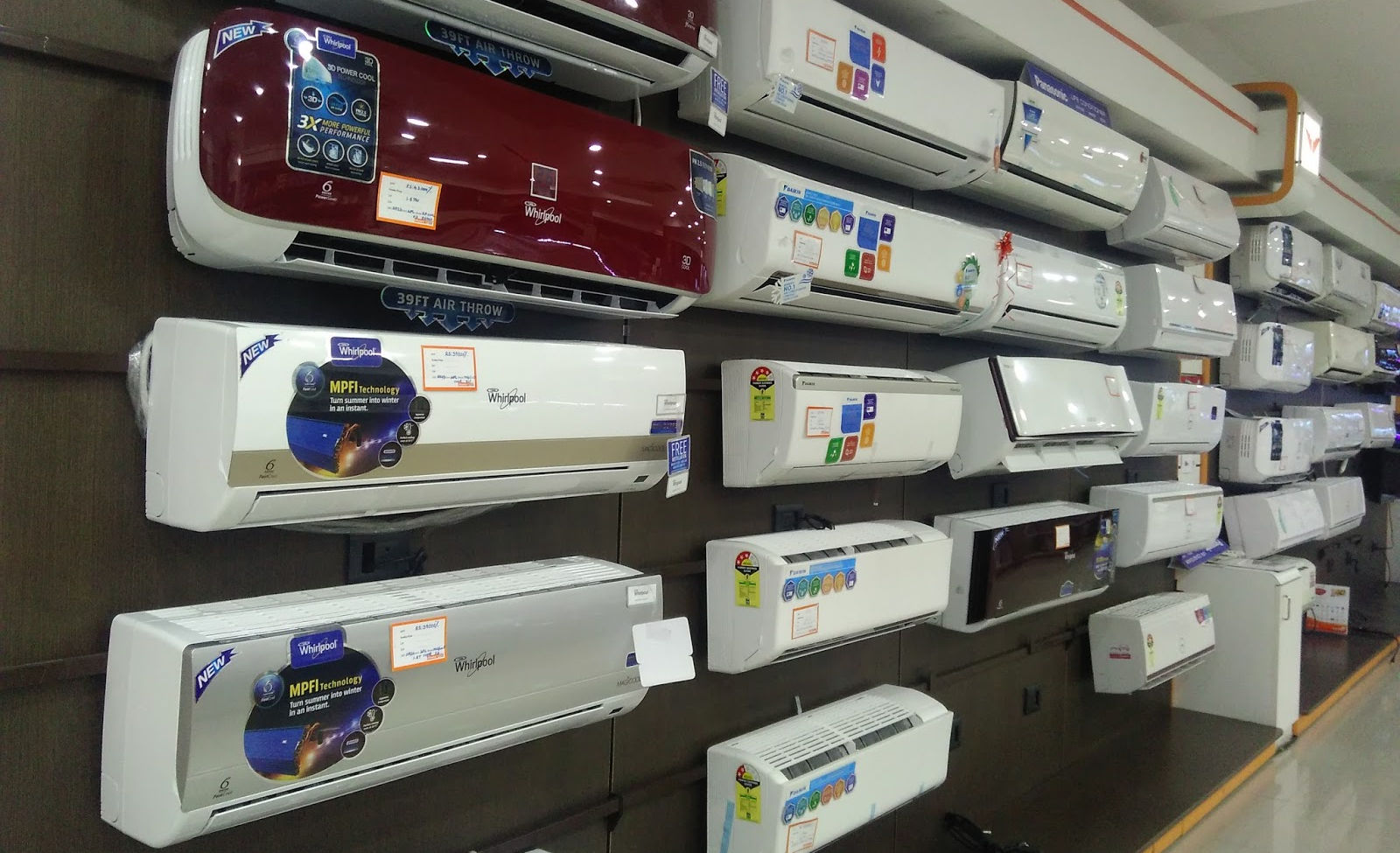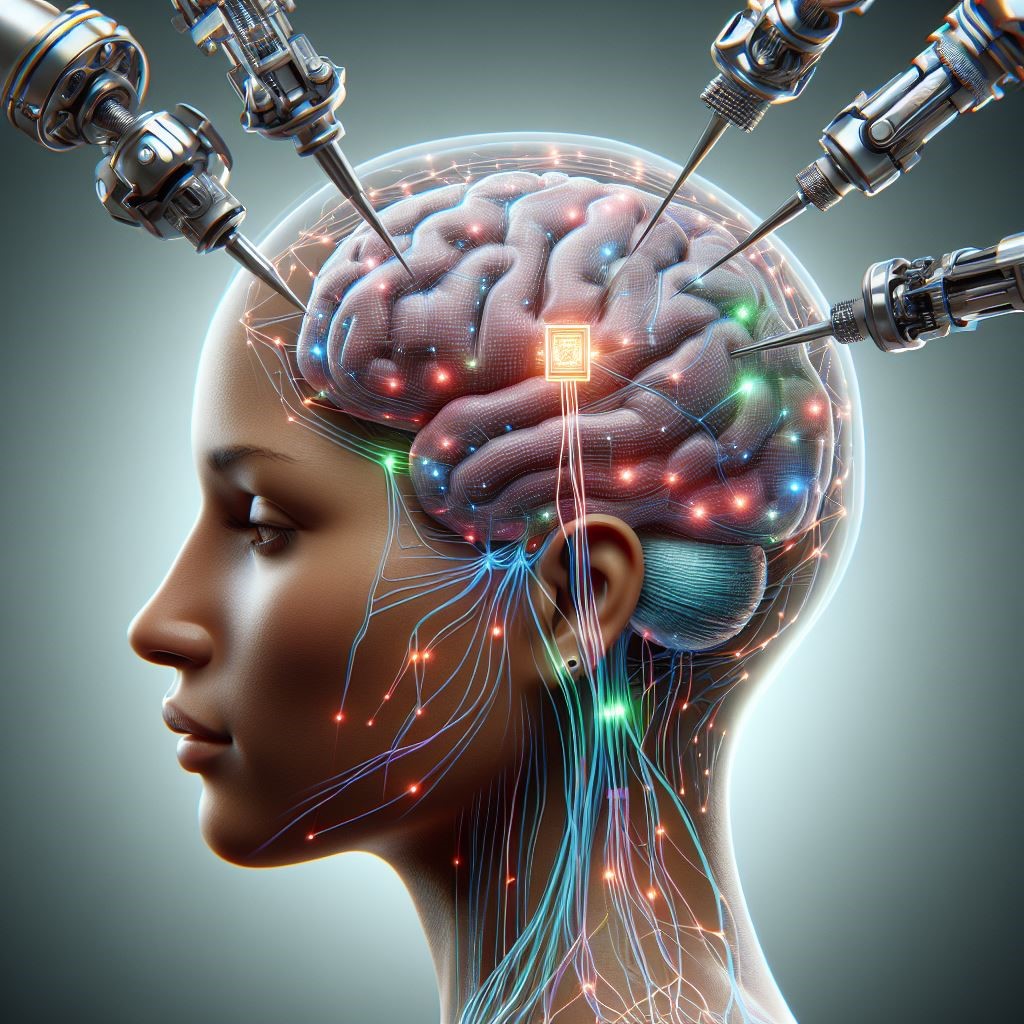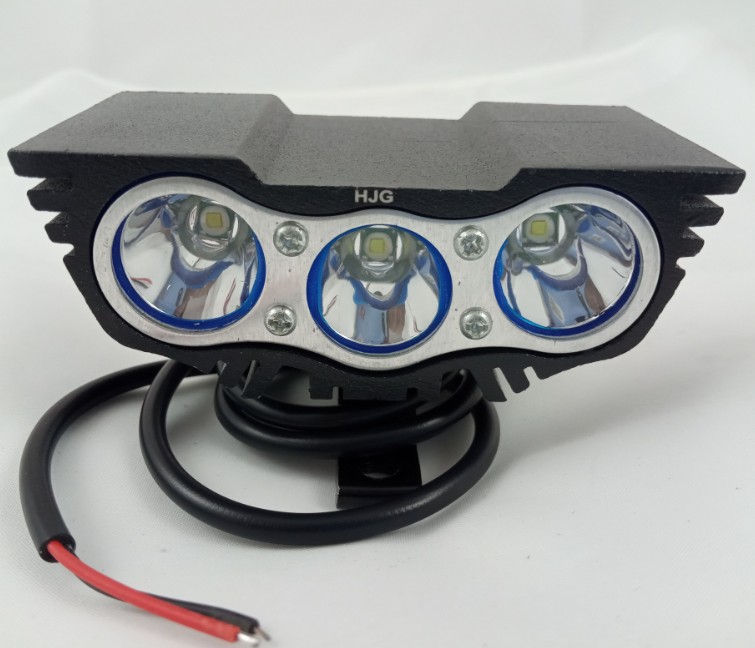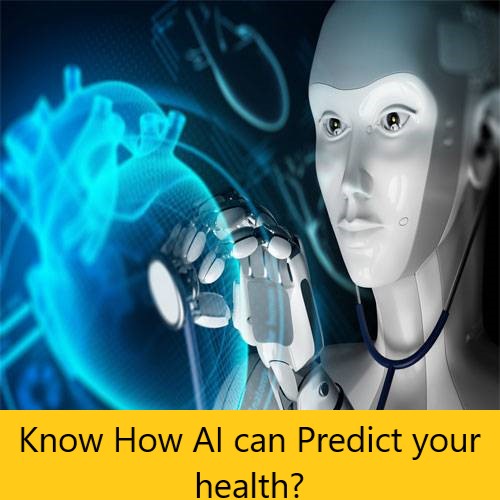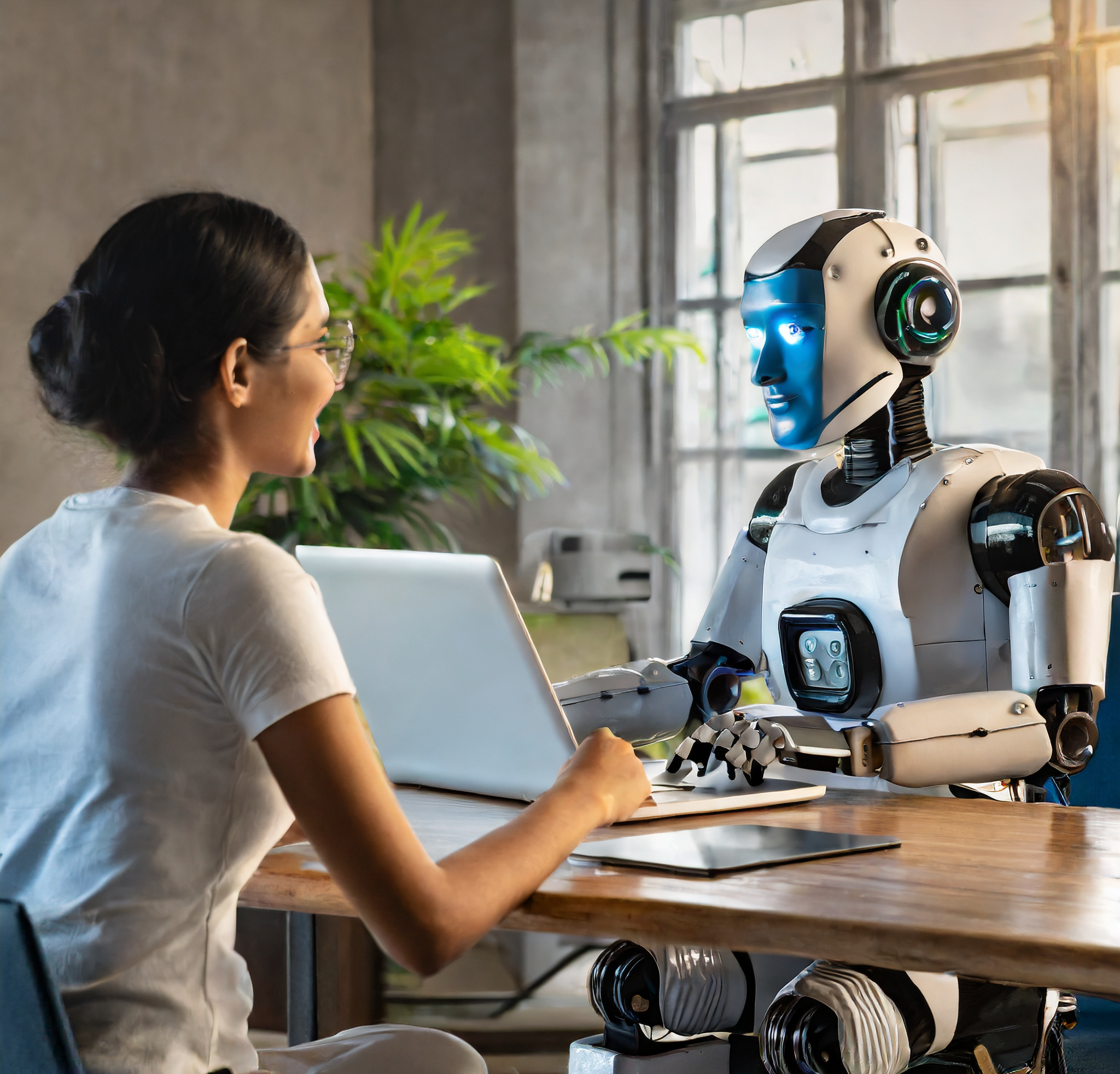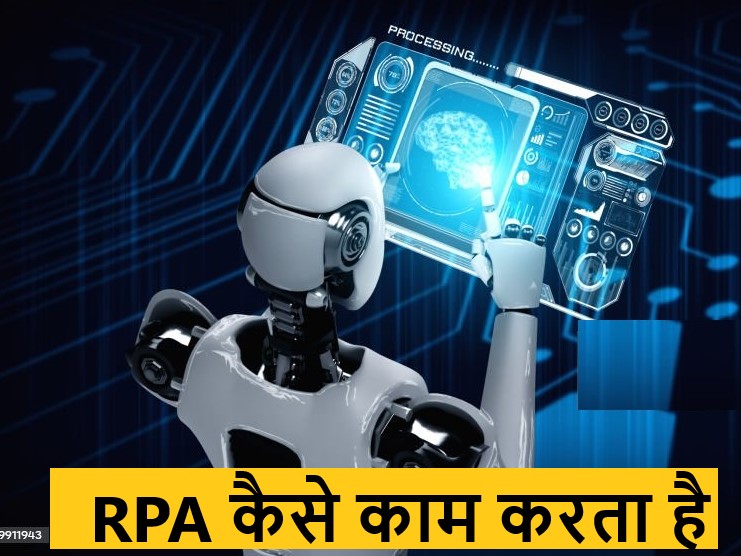Delhi-based policy researcher Sneha Sinha recently expressed her heartfelt gratitude to Apple CEO Tim Cook for the life-saving capabilities of the Apple Watch 7. In a remarkable turn of events, the heart rate notification feature on her Apple Watch detected an abnormally high heart rate of over 250 beats per minute. Sneha had no pre-existing health conditions and considered herself fit, but the watch’s alert prompted her to take action.
Sneha shared her experience with HT Tech, emphasizing how the Apple Watch 7 played a crucial role in her health crisis. She recounted, “That night, my heart rate had spiked to over 250. Fortunately, my Apple Watch alerted me in time, allowing me to monitor my heart condition continuously until I was rushed to the emergency room.” Without this timely alert, it could have been a much closer call.
The Apple Watch 7, initially received as a trendy gift, turned out to be Sneha’s guardian angel. She explained, “If my Apple Watch hadn’t alerted me about the high heart rate and urged me to see the doctor, I might have waited until morning to seek medical help. I wouldn’t have made the effort to go to the hospital in the middle of the night.” The doctors diagnosed her with a type of tachycardia, usually triggered by stress and anxiety.
Sneha’s prompt decision to seek medical attention made all the difference. Her heart rate notification led her to the emergency room, where doctors confirmed it was a close call. Despite having no pre-existing health conditions, Sneha’s active lifestyle as an avid traveler, hiking and trekking in high-altitude regions, made her susceptible to heart issues.
After the entire episode, Sneha decided to reach out to Apple CEO Tim Cook and the Apple Watch team. She found Tim Cook’s email address on the internet and penned a heartfelt letter expressing her deep gratitude. In response, Tim Cook thanked her for sharing her story and was glad to hear that she was doing fine. It’s remarkable how technology can revolutionize healthcare and save lives, and Sneha’s experience serves as a powerful testament to the impact of wearable devices like the Apple Watch. 🙌

